Drug cartels in Latin America are now making more money from synthetic drugs like fentanyl than the illicit substances the continent is best known for, like cocaine and marijuana.
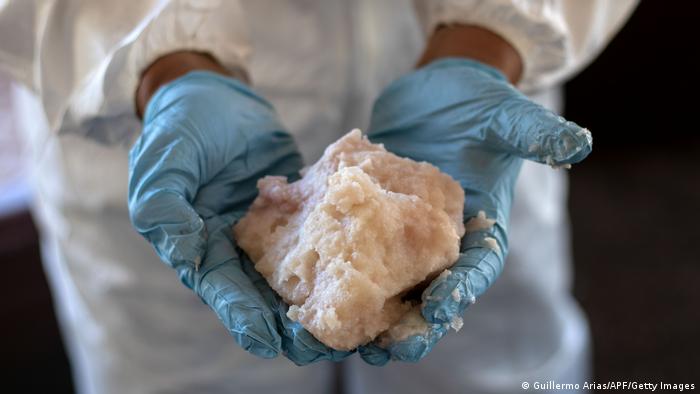
Synthetic drugs such as crystal meth, shown in production above, are becoming increasingly prevalent in Mexico
In early February this year, a number of people were hospitalized in Buenos Aires, left in life-threatening condition after taking adulterated cocaine. As a result, 24 of them died.
The Argentine authorities were forced to launch a media appeal, warning anyone who had recently purchased cocaine not to consume it under any circumstances. They subsequently discovered that the cocaine had been cut with another drug: carfentanil.
Carfentanil, which is a derivative of the powerful synthetic opioid fentanyl, is usually used to anesthetize large wild animals, like elephants. Just two milligrams — a few grains — is enough to kill a human being.
Fentanyl, on the other hand, is "only" 50 times stronger than heroin, and 100 times stronger than morphine. And in recent years, this synthetic drug has become a hugely lucrative export for Mexican drug cartels.
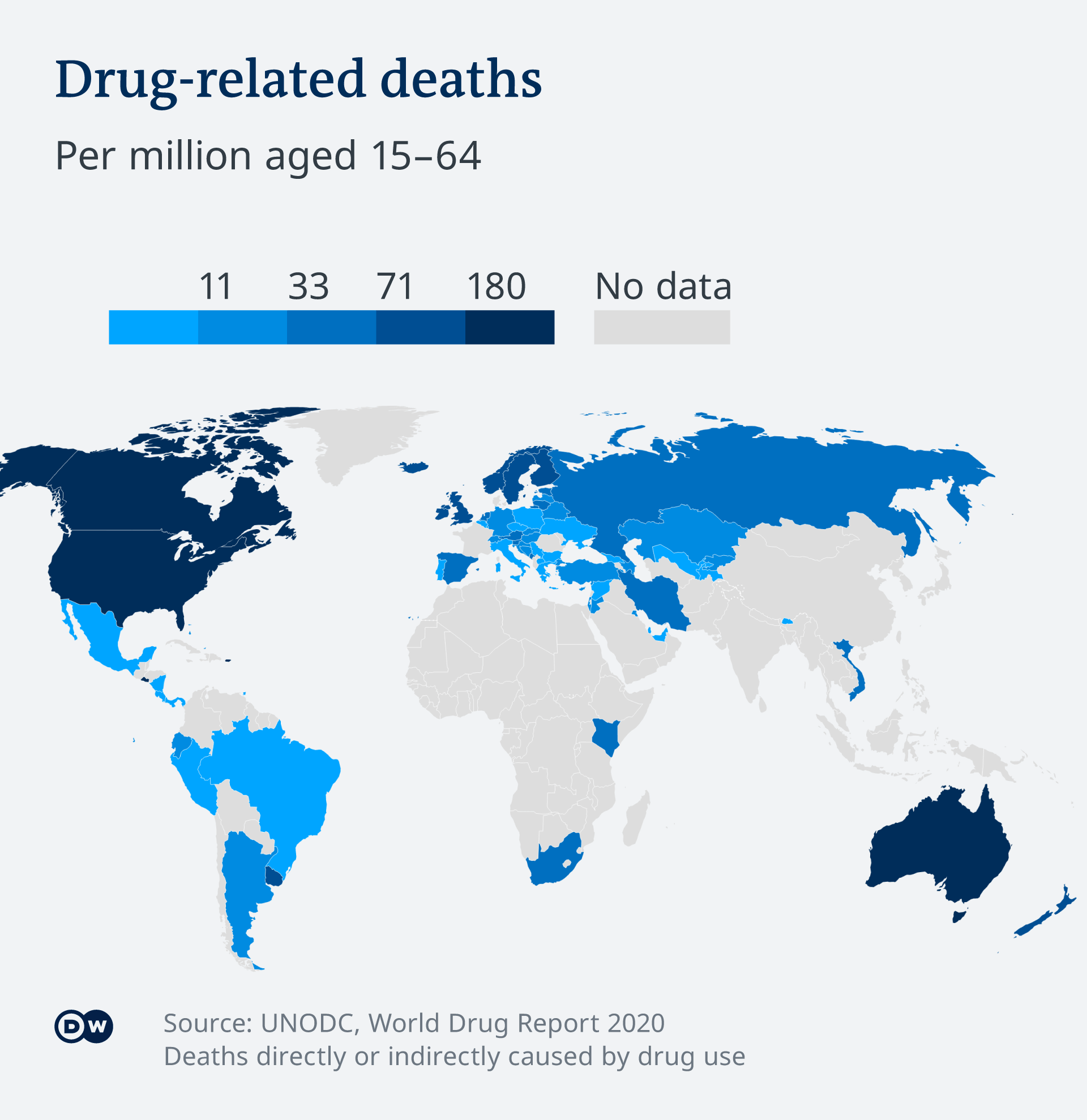
Cheap production, big profits
One of the reasons for this is that it costs much less to produce than traditional drugs. Reports in the Mexican media suggest that the notorious Sinaloa drug cartel now seems to be making bigger profits from fentanyl than from cocaine or any other drug.
In early July, Mexican soldiers seized a record 543 kilograms (1,200 pounds) of fentanyl in the city of Culiacan. "This is the largest seizure of this deadly drug in Mexico's history," the undersecretary of state for public security, Ricardo Mejía, announced proudly after the operation.
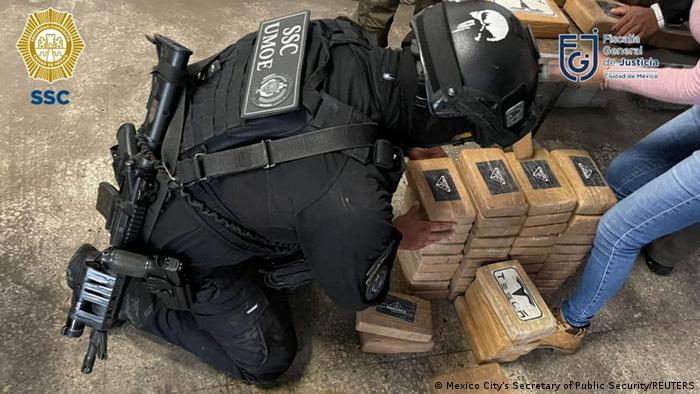
War on drugs: Just three weeks after the fentanyl seizure, police in Mexico City found 1.5 tonnes of cocaine hidden in a truck
Mejía had given a press conference in May in which he detailed why fentanyl was so lucrative for Mexican drug cartels. It takes only two hours to produce one kilogram, he explained, and in Mexico, a kilogram of fentanyl would fetch an average price of $5,000 (about €4,900).
In US cities like Los Angeles, the same amount would sell for $200,000.
Mexico: A lucrative market
Against the backdrop of the ongoing opioid crisis in the United States, with more than 107,000 deaths in 2021 alone, the Mexican and US presidents, Manuel López Obrador and Joe Biden, have also been addressing the issue. On July 13, at their meeting in Washington, they agreed to increase their efforts and cooperation in the fight against synthetic drugs.
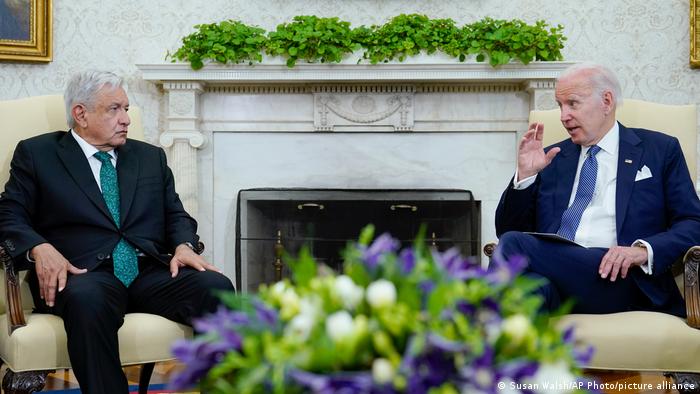
At their meeting earlier this month, the Mexican and US presidents agreed to increase joint efforts to combat the opioid crisis
From being a transit country for drugs produced in Andean countries, Mexico has now become a burgeoning consumer market. According to the latest United Nations' World Drug Report, published every year on June 26 — the International Day against Drug Abuse and Illicit Trafficking — between 2013 and 2020, Mexico saw a 218% increase in the number of people in treatment for synthetic drug use.
At the presentation of the World Drug Report 2022, Sofia Diaz, who is the country coordinator for Mexico at the UN Office on Drugs and Crime (UNODC), stated: "Mexico is the only country on the American continent where amphetamine-type stimulants have become the leading cause of health problems requiring medical treatment."
She pointed out that, in addition to fentanyl and opioids, amphetamine-type stimulants and other synthetic drugs are also included, such as crystal meth and ecstasy.
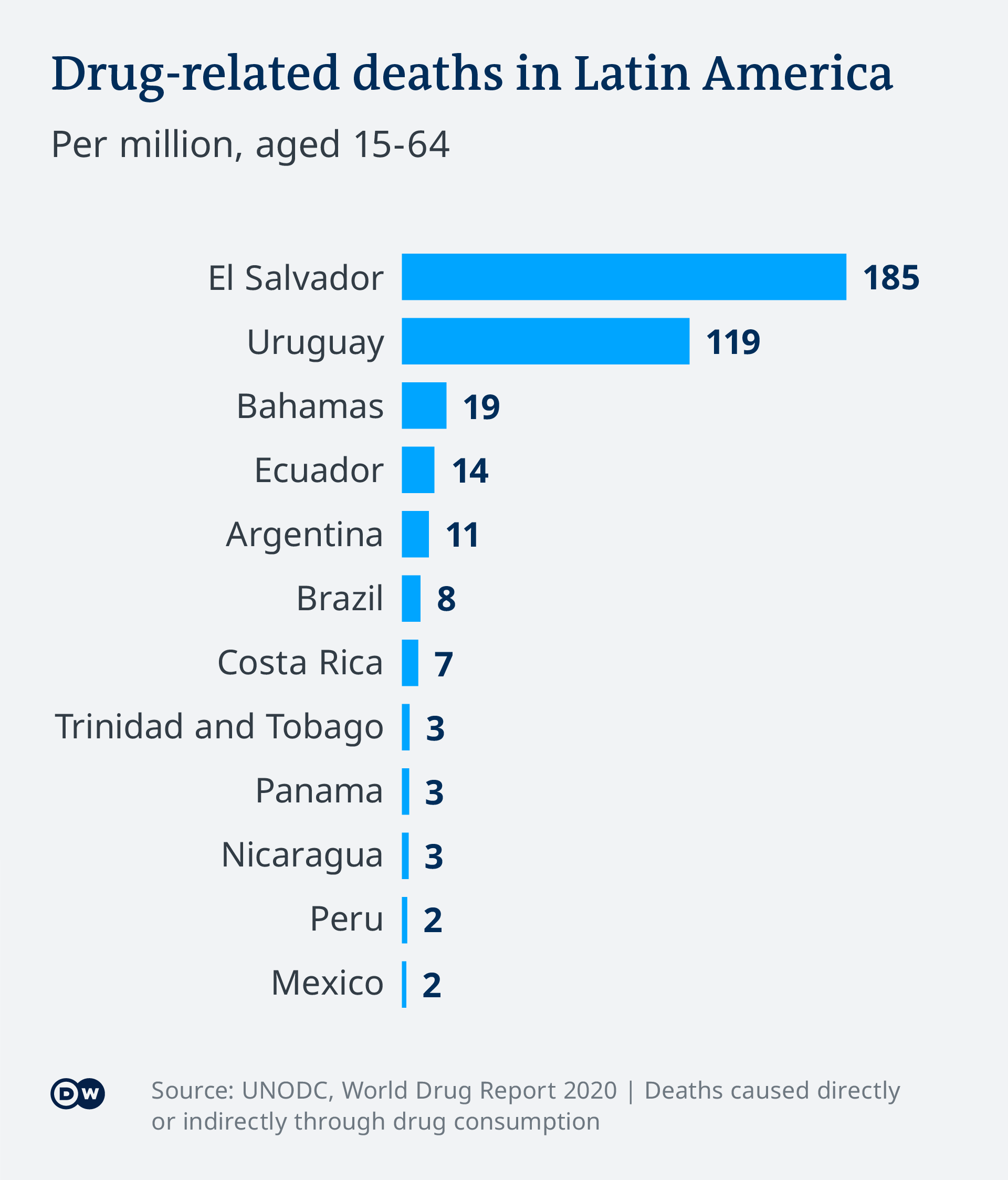
COVID-19 and drug use
The rise of synthetic drugs in Mexico is striking on a continent that the UNODC says is characterized by the use of cannabis and cocaine. Marijuana is the main drug being treated for in Argentina, Colombia, Peru, Venezuela and almost all of Central America; whereas in Canada, Chile, Uruguay, and Paraguay, cocaine is the primarily culprit.
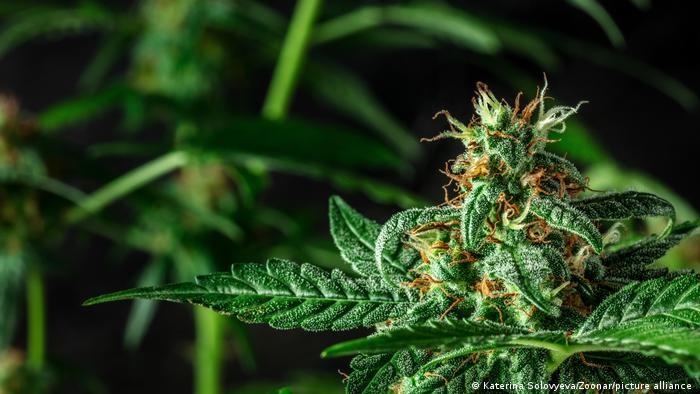
Until recently, marijuana and cocaine were the main drugs of choice in Latin America
The production and trafficking of synthetic drugs in Latin America is increasing much faster than that of naturally occurring drugs, Diaz warned. A January 2022 report from the Mexican ministry of health confirms this assessment. It found that overall drug use in Mexico increased 22% between 2010 and 2019, and that the COVID-19 pandemic has caused it to increase further.
Several Mexican institutions recently collaborated on a major study called VoCes-19. After surveying 55,000 adolescents in the fall of 2021, they concluded that the COVID-19 pandemic — and the resulting depression and anxiety among adolescents — had led this group to take more drugs.
According to its data, opioid and marijuana use among young people increased by 18% to 21% during pandemic times in Mexico.
No comments:
Post a Comment